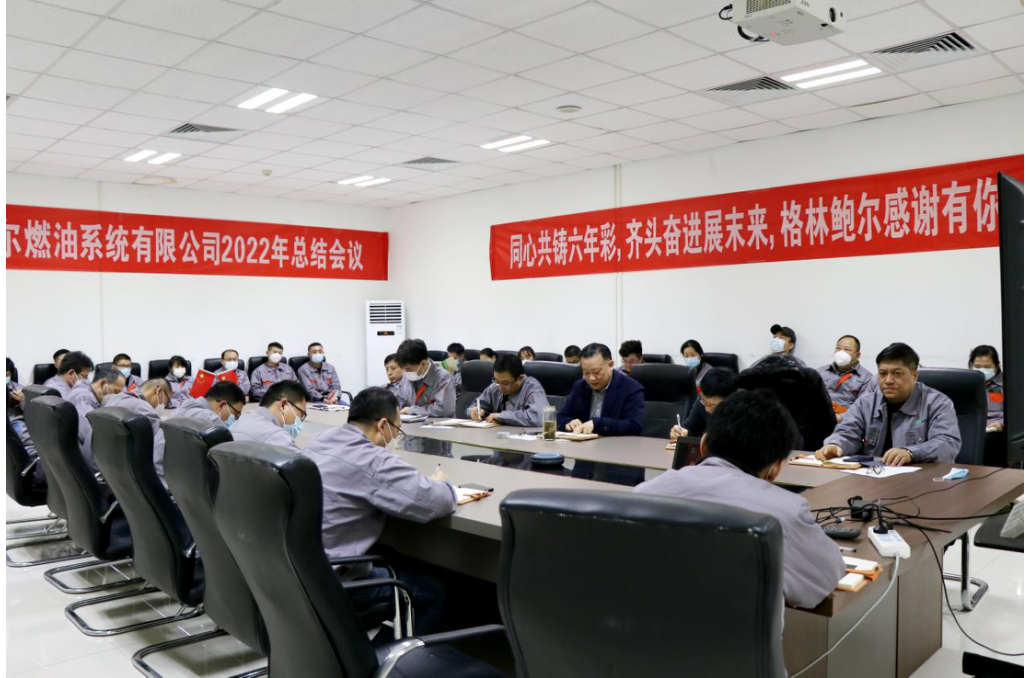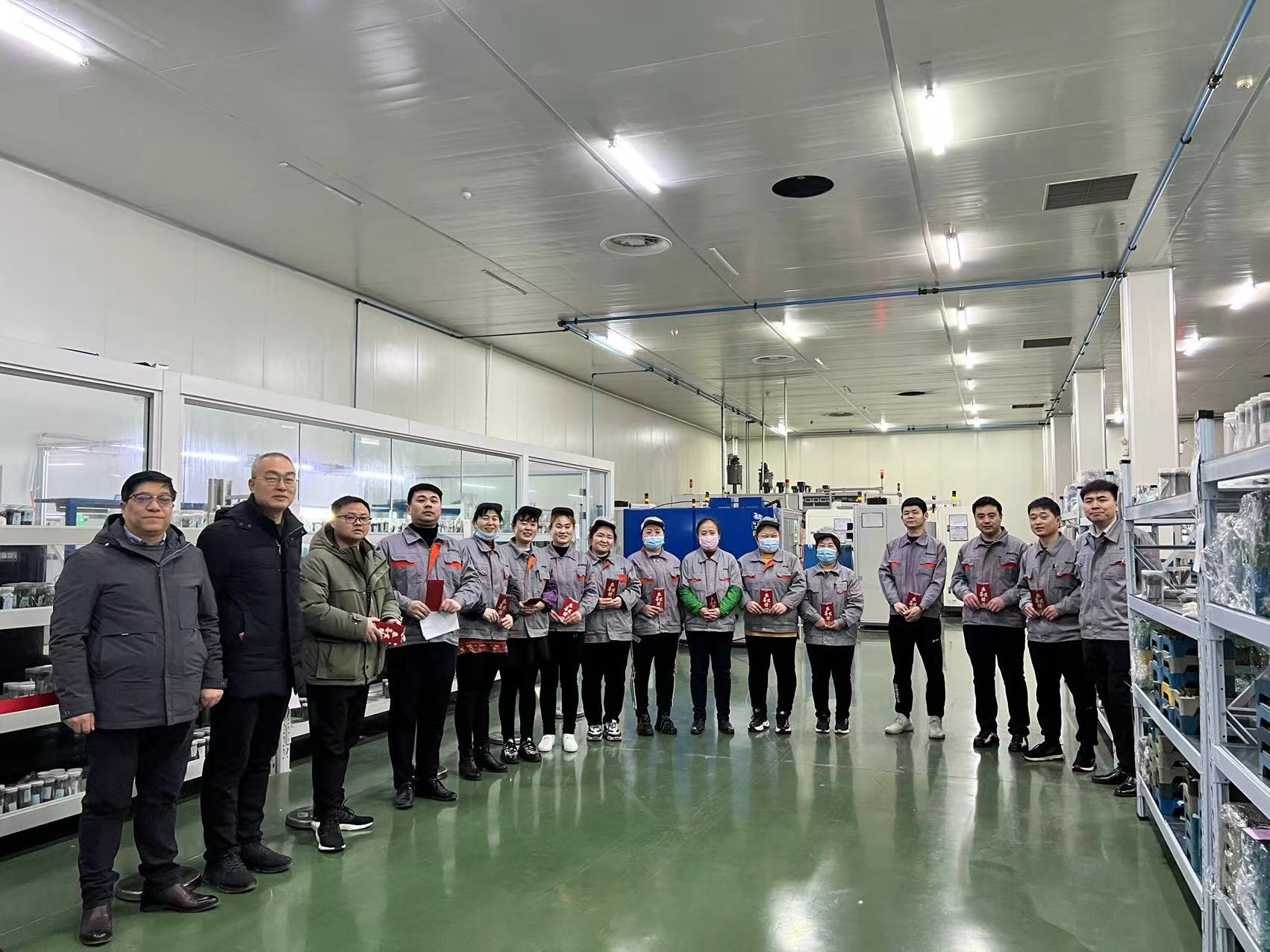How to test and evaluate the performance of Bosch truck injectors
Release time:
2018-04-12 10:39
For Bosch trucks, the performance of the fuel injector is related to the normal operation and operation of the engine and even the entire body. Therefore, when switching to the fuel injector for maintenance, the use performance is high, the parameters are up to standard, and the fuel injector with good adaptability The assembly is very important. So how to test and evaluate the performance of Bosch truck injectors? Let's take a look today:
Specifically, the performance testing and evaluation of an injector need to start from the following aspects:
Whether the 1. injection quantity is accurate
Adjust the amount of fuel injection in a timely manner according to the opening of the accelerator pedal, which is the basic principle of the electronic control system. In order to make the engine's power performance, emission performance, and comfort performance reach a good state, there are high requirements for the accuracy of the fuel injection volume of the fuel injector under different working conditions. Generally, the unit of measurement is mm/stroke, that is, 1‰ ml per injection.
There are usually several ways to assess whether the injection volume is accurate:
1) Static injection point
2) Dynamic injection curve
3) Jet repetition performance, I .e., standard deviation
Whether 2. leakage and functional oil return are normal.
.jpg)
Leakage refers to the amount of high-pressure oil leaking to the low-pressure oil circuit through the gaps of various mechanical parts. Inside the CRIN injector, there are six possible leakage positions, as shown in the figure below.
Functional oil return refers to the amount of oil that the fuel injector returns from the high-pressure oil passage to the low-pressure oil passage in order to achieve its own injection performance, mainly from the valve seat control cavity to the armature assembly through the valve seat face when the injector ball valve is open The amount of oil in the low-pressure oil circuit around. During the after-sales test, the oil return at the full load point (leakage function oil return) is usually used as the evaluation point.
Is the 3. injection delay normal

Injection delay refers to the time interval between the electromagnet starting to be energized and the injector starting to inject fuel, usually between 300 and 800 microseconds. The level of rail pressure, the performance of the electromagnet, and the motion performance of each moving part will affect the size of the injection delay.
Whether the atomization effect of 4. fuel injection is good

The atomization effect of fuel injection directly affects the combustion condition of diesel and then affects the working performance of the engine. The reason why the high-pressure common rail system uses high-pressure injection is to achieve a good atomization effect. Therefore, the height of the rail pressure directly affects the atomization effect. In addition, the shape of the nozzle hole and the surface condition of the nozzle hole wall also have significant influence on the atomization effect (such as mechanical damage of the nozzle hole, cavitation on the inner surface of the nozzle hole, particle wear, etc.).
It can be seen from the performance of the Bosch truck injector mentioned above that the performance of the injector is closely related to each component. Any failure or failure of any component may lead to the overall failure of the injector. Therefore, in the process of injector maintenance, it is necessary to systematically detect each coupling of the injector one by one to find out the real cause of the failure, so as to eliminate it one by one and realize the maintenance effect and normal operation of the injector as soon as possible.
Latest developments













